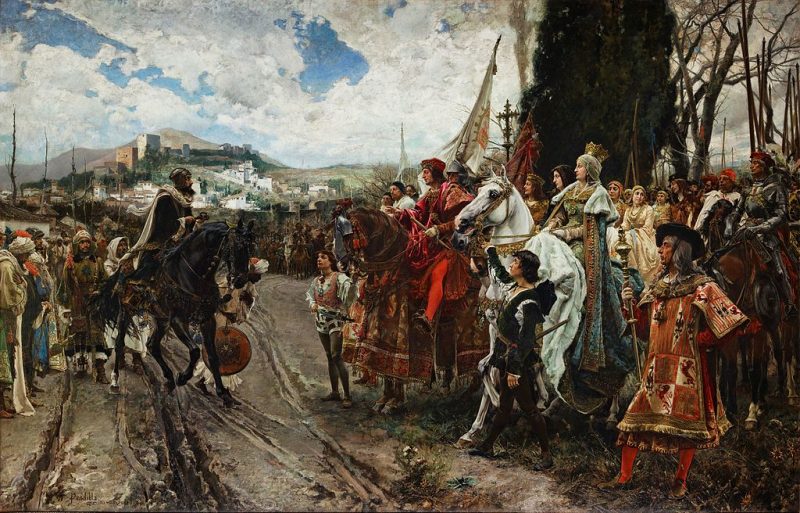After the Crusade of Las Navas de Tolosa, the Spanish Reconquista began to slowly but steadily remove the Arab presence from the Iberian Peninsula.
Prelude to the Granada War
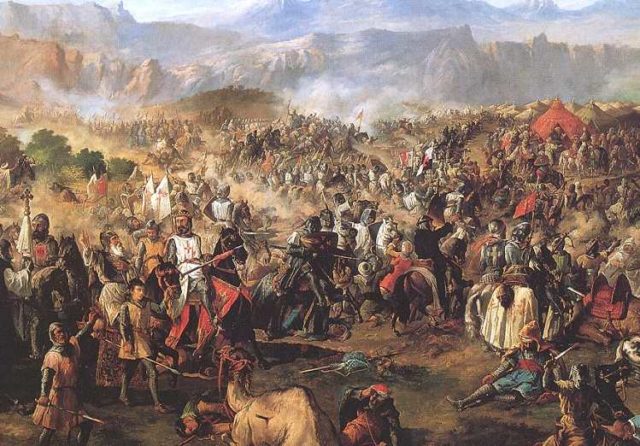
The Spanish lands were under the dominion of the mighty Arabian Dynasties for far too long. The success against the Almohads and the Marinids through the last almost three centuries would finally remove them. After the Crusade of Las Navas de Tolosa, and following victories, the Conquest of Granada was the last step, that would free the Christian lands.
It was the last decades of the 15th century. Granada was under the rule of the Nasrid dynasty’s Emirate. The military campaigns to regain the al-Andalus would take a whole ten years, known in history as the Granada War. Against the Nasrid Dynasty were the Catholic Monarchs Isabella I and Ferdinand II.
The victory for the Christians was based on two important factors, the first of which was named Boabdil. Boabdil, who was the son of the Sultan, was a young man with great ambitions. His hunger for power was so strong, that with his actions, he would bring Granada into a state of civil war.
The second important factor was that the Christian countries did not let their unity be broken, and were focused entirely on removing the Arabs.
The Granada War
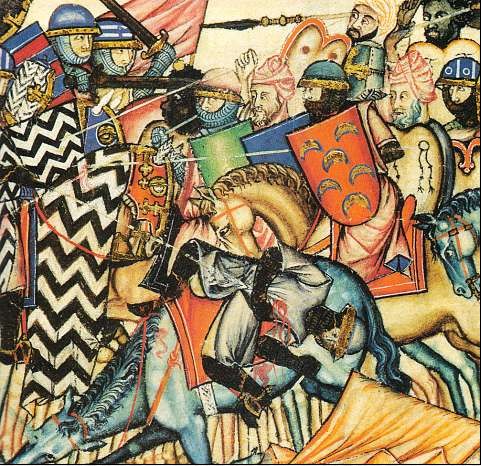
Thus, when in 1482 the Granada war was launched, it lasted until 1492. During the period a series of conflicts and major battles continuously weakened the ruling Dynasty’s grasp over the last bit of Andalusia.
In 1487, at the Siege of Malaga, the Muslim struggled to defend that so important seaport. Shattered by the internal conflict caused by the appetite for power of Boabdil, the Muslim defenders spent the summer in a terrible siege. From the beginning of May to the middle of August, Malaga was under tremendous pressure.
The city defenders were not willing to give up their authority over Malaga. Twice they refused the terms of surrender offered by the Christian Crown, namely Ferdinand. In the end, when the city finally was willing to give up, there were not given a third chance to do it peacefully. Malaga’s population was brutally punished, either enslaved or killed.
The loss of Malaga was a serious blow for Granada. Their most important seaport was back in the hands of the Christians.
With the fall of Malaga, the internal turmoil in Granada intensified. Boabdil took control over the entirety of Granada, now that the Malaga ruler Al-Zagal lost all support. Waiting for Al-Zagal to lose even more of his domain, Boabdil did nothing to support his defensive efforts. The Christian army marched to Baza, which was also under Al-Zagal.
In 1489, Baza was besieged by the Spanish Christians. The stronghold of Al-Zagal was, however, a pain to take over. Not only was the siege long and costly, but the army grew restless, and morale was quickly dropping. Six months the siege lasted until Al-Zagal finally surrendered. This time, the terms of surrender were not as brutal as in Malaga.
Meanwhile, Boabdil’s self-proclamation as a sole ruler of Granada, while his father still had the throne, destabilized the state even more. His actions caused a civil war to take over and made the Christian Reconquest of Andalusia even easier.
The civil war simplified the efforts of the Castillian troops. In the Battle of Axarquia, the Christian rulers Ferdinand and Isabella used their advantage and abducted Boabdil himself.
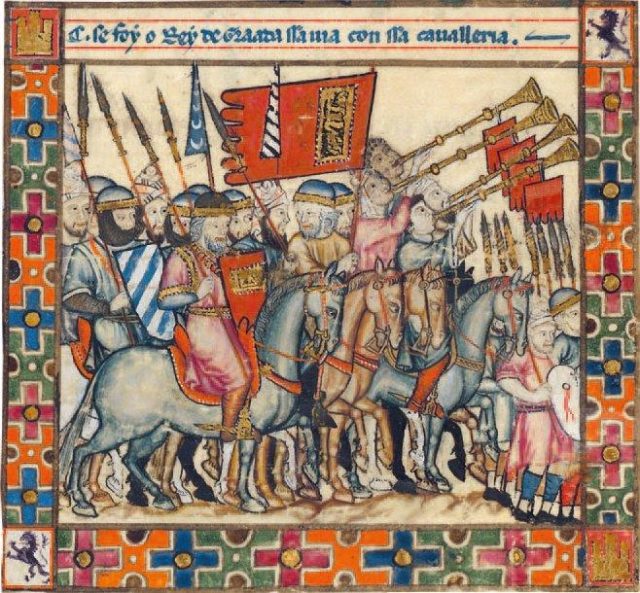
The imprisoned Arab Prince was converted to Christianity and allied with the Reconquista. Nevertheless, that did not lower his ambitions. The Arab prince still hungered for the throne of Granada, which was still in possession of his father.
With the Prince’s treasonous act, Granada’s total reconquest was a big step closer. However, history loves twists. Boabdil’s treason was in exchange of lands for him to rule, but he did not like what he got. Thus, Boabdil again decided to revolt, this time against everything and everyone. Boabdil returned to Granada to see that the ruler was killed by the Catholic Monarchy, the government unstable, and no signs of improvement.
The prince pleaded for help from the fellow Muslim countries, all of which turned him away for either political or trade considerations. Both Egypt and Fez sent him away empty handed.
The Siege of Granada
Thus, in the year 1491, Granada, without any coastline, or any chance of receiving help, reinforcements, and supplies, was besieged. For eight months the cut-off Granada withstood the siege being heavy on both Christians and Muslims. Throughout the entire time, political issues were shaking the city. At the end of the long siege, Granada, at last, raised the white flag, being on the on the verge of starvation and misery.
The Victory of The Reconquista
At the end of autumn, November 25, 1491, the Christian Monarchs and Granada signed a Peace Treaty. Boabdil was given two months to stabilize the government and reach a decision. The beginning of January 1492, Granada capitulated showing no resistance. According to the Treaty of Granada, tolerance was shown to the followers of the Islamic religion, and a set of rights and rules were given to them.
Aftermath and Significance
The 2nd of January is still celebrated by Granada citizens, as the day of liberation.
The Granada War ended the centuries under Arab rule. The Iberian Peninsula was at last free from the domination of the Muslim Dynasties and back into the hands of Christian Rulers. The long war’s outcome was favorable for Castile and Isabela, who financed most of the war. Thus Granada was under their total influence.
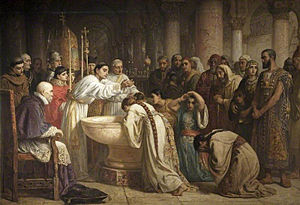
However, not long after, the Catholics began to force the Muslims to convert to Christianity, threatening those who refuse with a painful death. The conversion inspired a revolt. Yet, the revolt was stopped, and all of Granada became Christian.
The revolt resulted in one more important event. It strengthened the infamous Spanish Inquisition. The Inquisition had far-reaching effects on the Spanish-controlled lands and population. It lasted for almost four centuries with the intent to strengthen the political power of the Spanish Empire.
